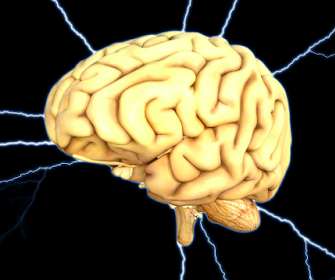Deeper learning
Learning with e's
MAY 24, 2014
Other explanations of memory have focused on the functions of various types of memory, and such approaches are often referred to as multi-store theories. Instead of referring to different stores of memory, Craik and Lockhart proposed that there are different levels of information processing. Reference Craik, F. and Lockhart, R.













































Let's personalize your content